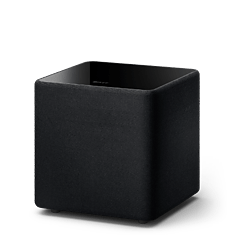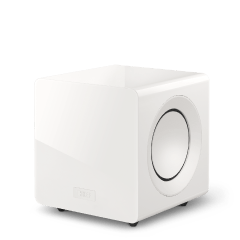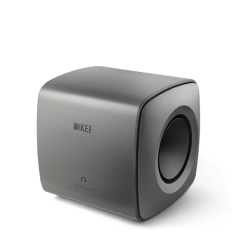Most AV receivers have two types of outputs: Subwoofer and LFE Output. On the surface, both connections may look as though they have the same function. But they are actually quite different.
Subwoofer Output
In a Dolby or DTS mix, the subwoofer output contains bass information from up to six channels, all of which are directed to the subwoofer. The combination of bass information in the subwoofer output is determined by the bass management settings selected on the receiver. Specifically, the subwoofer output may include the bass information from the front channels when those speakers can’t reproduce the bass frequencies.
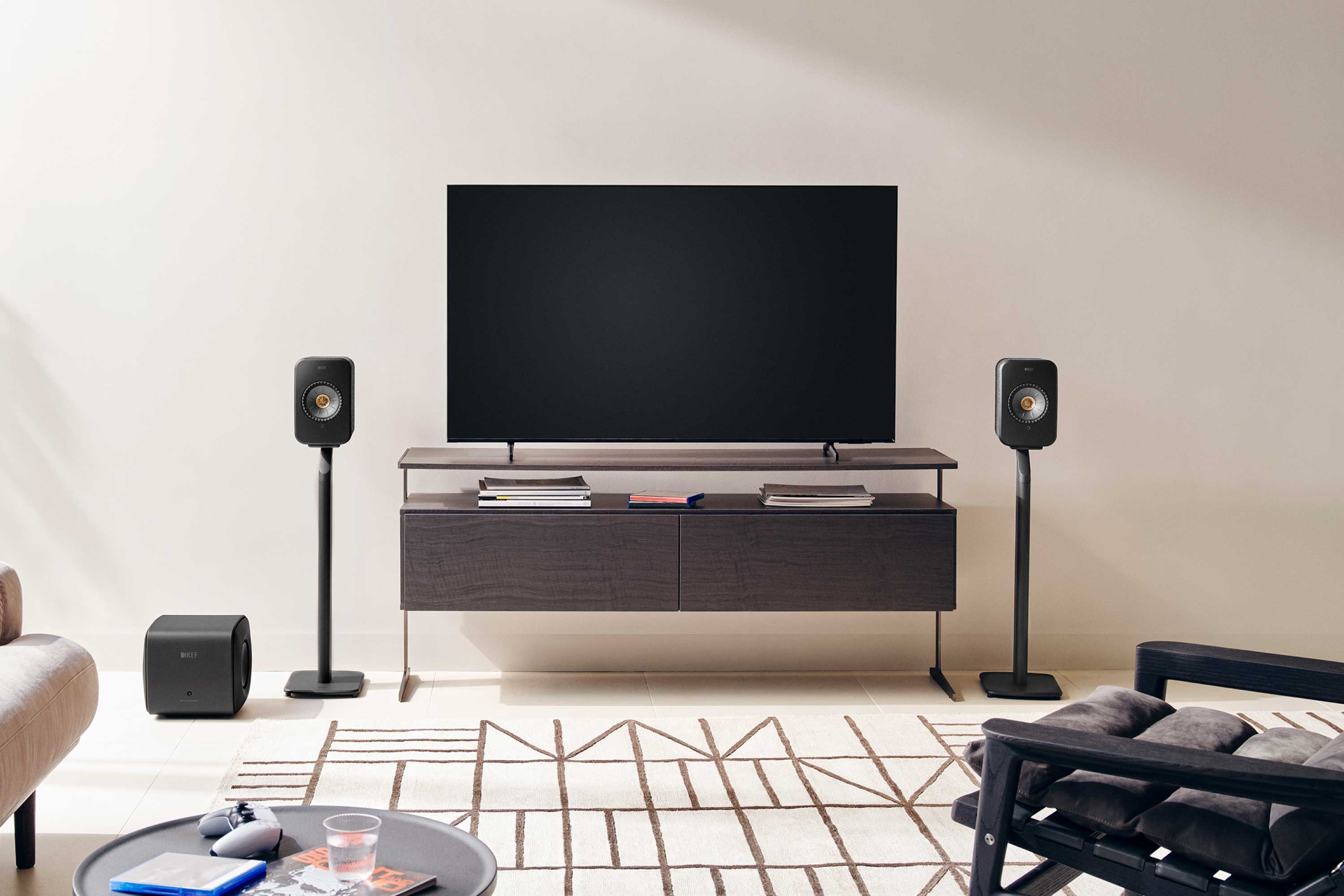
Connectors
LFE Output
The LFE channel is typically one connector, so follow the connection instructions as above.
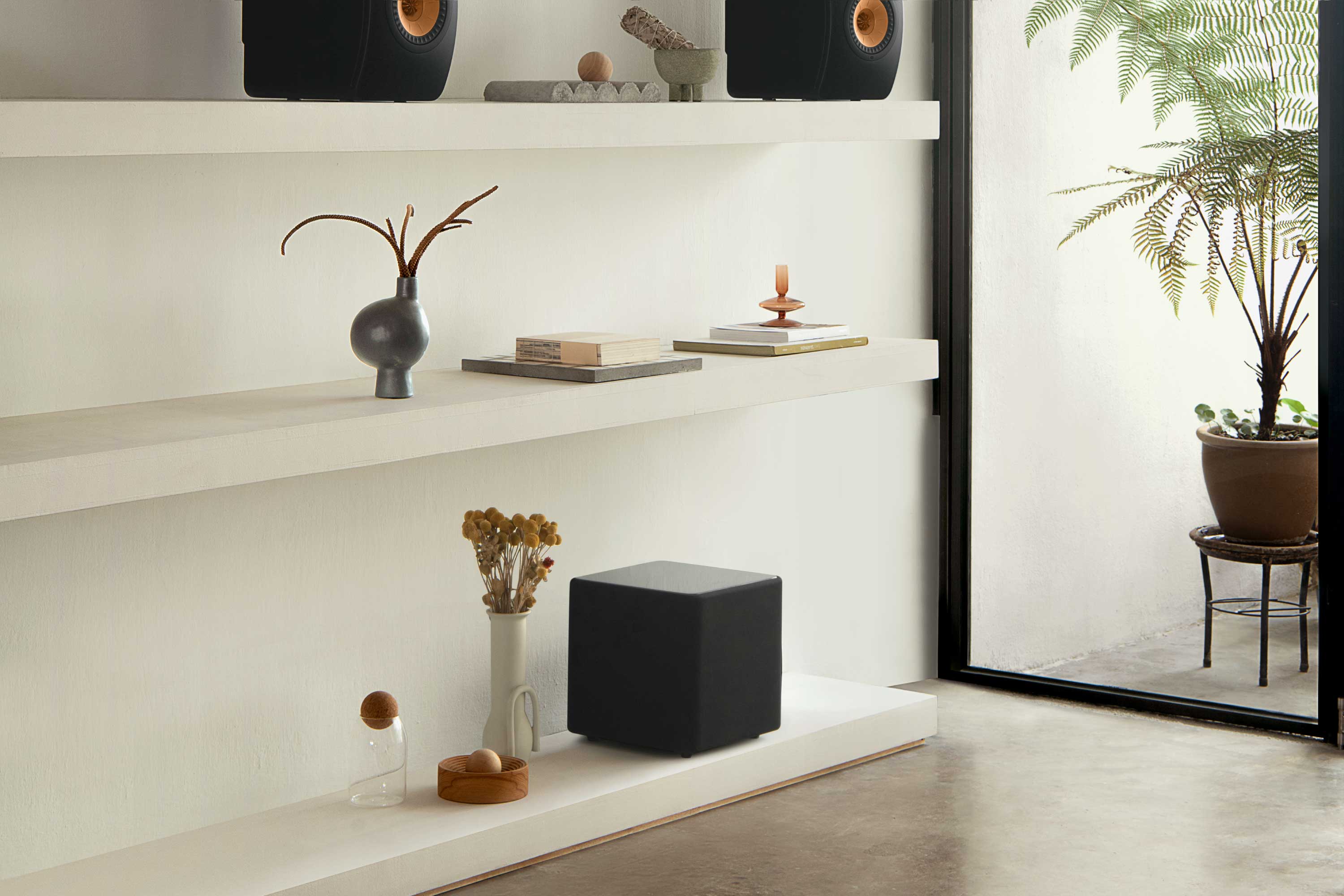
Speaker Level Input
Speaker-level input subwoofer connections can be set-up in two ways:
-
Connect the subwoofer via the ‘B’ or second speaker output. This is for subwoofers that do not have a secondary output to your speakers. Be sure your receiver can run both ‘A’ and ‘B’ speakers simultaneously.
-
For subwoofers equipped with a speaker-level input and a speaker-level output, simply connect the receiver speaker outputs to the speaker-level input on the subwoofer, and then the speaker-level output of the subwoofer to your speakers. Make sure that the receiver’s crossover is set to 20Hz or ‘off’ as the crossover in the subwoofer will act as the system crossover for the sub and speakers in this configuration.
No Subwoofer Output?
Phase Switches
Explore KEF Subwoofers
Find My Retailer
Learn more about our award-winning subwoofers and book a demo at your nearest KEF retailer.
